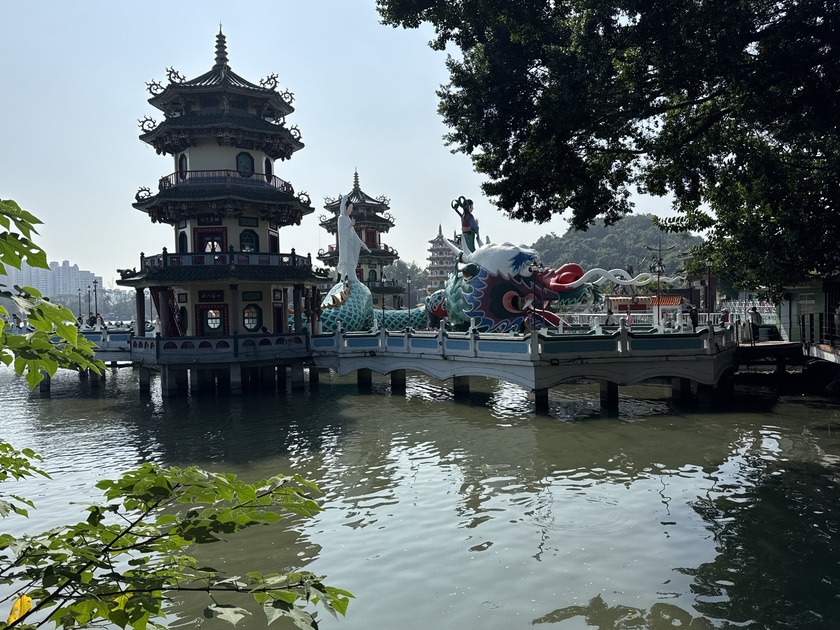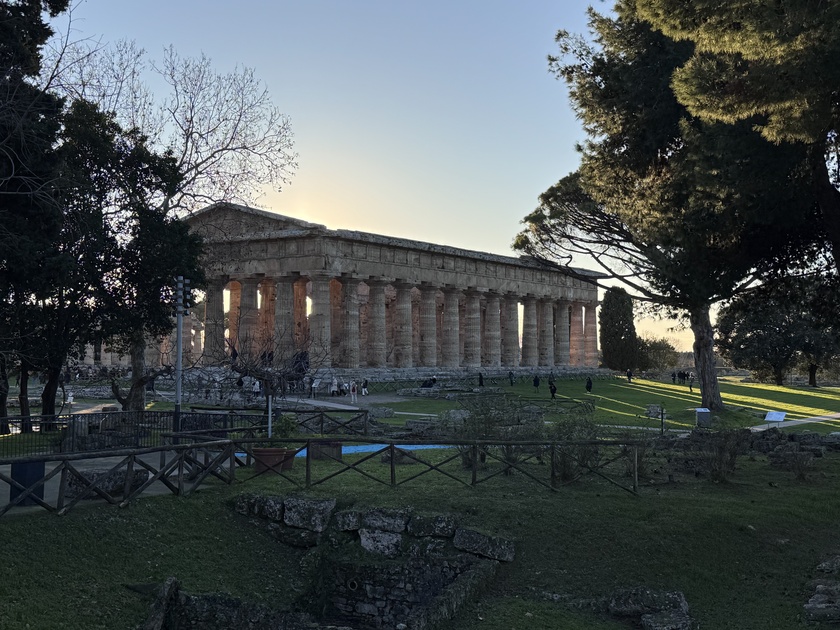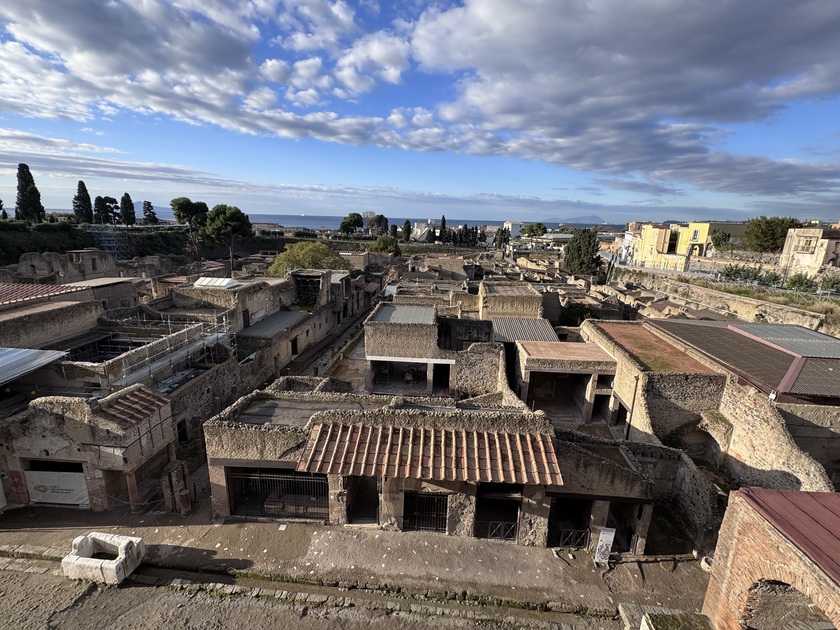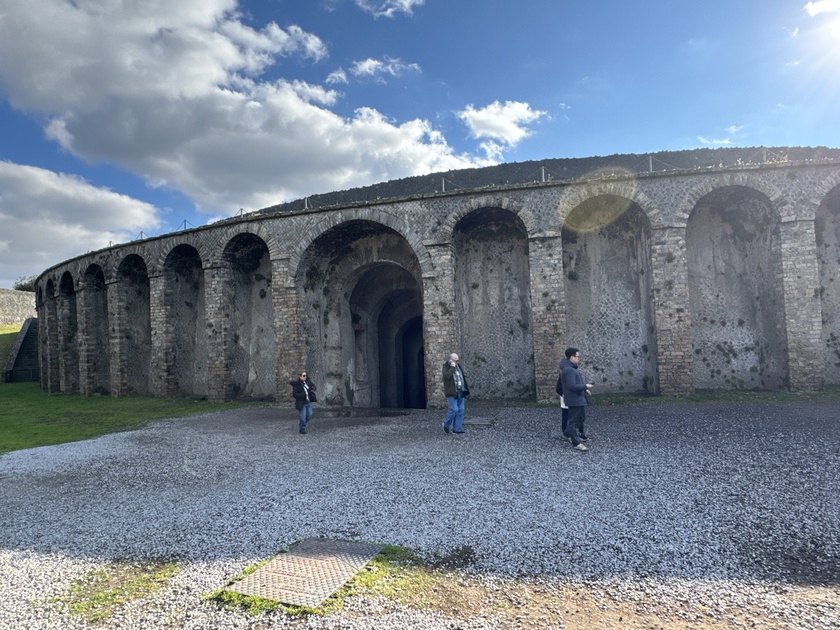Lotus Pond and Pagodas
The Lotus Pond (Lianchihtan) is a scenic area in Zuoying District, Kaohsiung, Taiwan, featuring the Dragon and Tiger Pagodas. The pagodas, built in 1976, are twin seven-story towers with yellow walls, red pillars, and orange tiles. They are connected to the shore by a zigzag bridge and have a double spiral staircase for visitors. Inside, there are paintings depicting Ksitigarbha, the twelve Magi, the Jade Emperor’s thirty palaces, and Confucius.
Currently, the Dragon and Tiger Pagodas are undergoing renovations and are temporarily closed to the public. Visitors can still view the site from outside but cannot enter the pagodas.
Lotus Pond is surrounded by various temples and pagodas, making it a popular destination for sightseeing and cultural exploration. The area also includes other attractions such as the Spring and Autumn Pavilions, the 5-mile Pavilion, and the Pei Chi Pavilion.
This is one of the most popular sites in the city and you should plan on ...
The Archaeological Site of Paestum: Ancient Poseidonia’s Magnificent Greek Legacy
Paestum, located in the Campania region of southern Italy about 85 kilometers southeast of Naples in the modern comune of Capaccio Paestum, stands as one of the most extraordinary surviving examples of ancient Greek colonization in Magna Graecia.
Originally founded around 600 BC by Greek settlers from Sybaris as Poseidonia—named after the sea god Poseidon—the city quickly flourished into a prosperous trading and cultural center on the Tyrrhenian coast, benefiting from fertile plains and maritime access.
Conquered by the indigenous Lucanians around 400 BC, who renamed it Paistom, the city retained much of its Greek character while adopting local influences, evident in vibrant painted tombs from this era.
In 273 BC, it became a Roman colony under the name Paestum, receiving new public buildings like a forum, amphitheater, and roads, though the iconic Greek temples remained revered.
Prosperity continued into the ...
Herculaneum, an ancient Roman town nestled at the base of Mount Vesuvius on the Bay of Naples in modern-day Ercolano, Italy, began as a seaside settlement with roots tracing back to legendary founding by Hercules, though historical evidence points to Oscan origins around the 6th or 7th century BC.
Over centuries, it passed through Greek influence, Samnite control in the 4th century BC, and finally became a Roman municipium in 89 BC after the Social War.
Smaller and wealthier than nearby Pompeii, with a population of about 4,000 to 5,000, Herculaneum served as an elegant resort for Roman elites, boasting luxurious villas overlooking the sea, sophisticated architecture, and a prosperous economy tied to trade and fishing.
A severe earthquake in 62 AD damaged much of the town, and repairs were still underway when catastrophe struck on August 24-25, 79 AD.
Unlike Pompeii, which was buried primarily under ash and pumice, Herculaneum lay northwest of the volcano and initially escaped the heaviest fallout due ...
The Ruins of Pompeii: A Frozen Snapshot of Ancient Rome
Pompeii was a thriving ancient Roman city in Campania, Italy, near modern Naples. Founded around the 7th–6th century BC (possibly by the Oscans), it grew into a prosperous port and resort town with a population of about 10,000–20,000 by the 1st century AD. On August 24, 79 AD, Mount Vesuvius erupted catastrophically in a Plinian eruption, ejecting ash and pumice high into the atmosphere before unleashing deadly pyroclastic surges.
The city was buried under 4–6 meters (13–20 feet) of volcanic material, preserving it remarkably well—streets, buildings, frescoes, artifacts, and even casts of victims in their final poses.
This rapid burial created one of the world’s best-preserved ancient sites, offering unparalleled insights into Roman daily life: homes with gardens, bakeries with loaves still in ovens, theaters, baths, brothels, and graffiti on walls.
Rediscovered in the late 16th century and systematically excavated from 1748, ...




















































